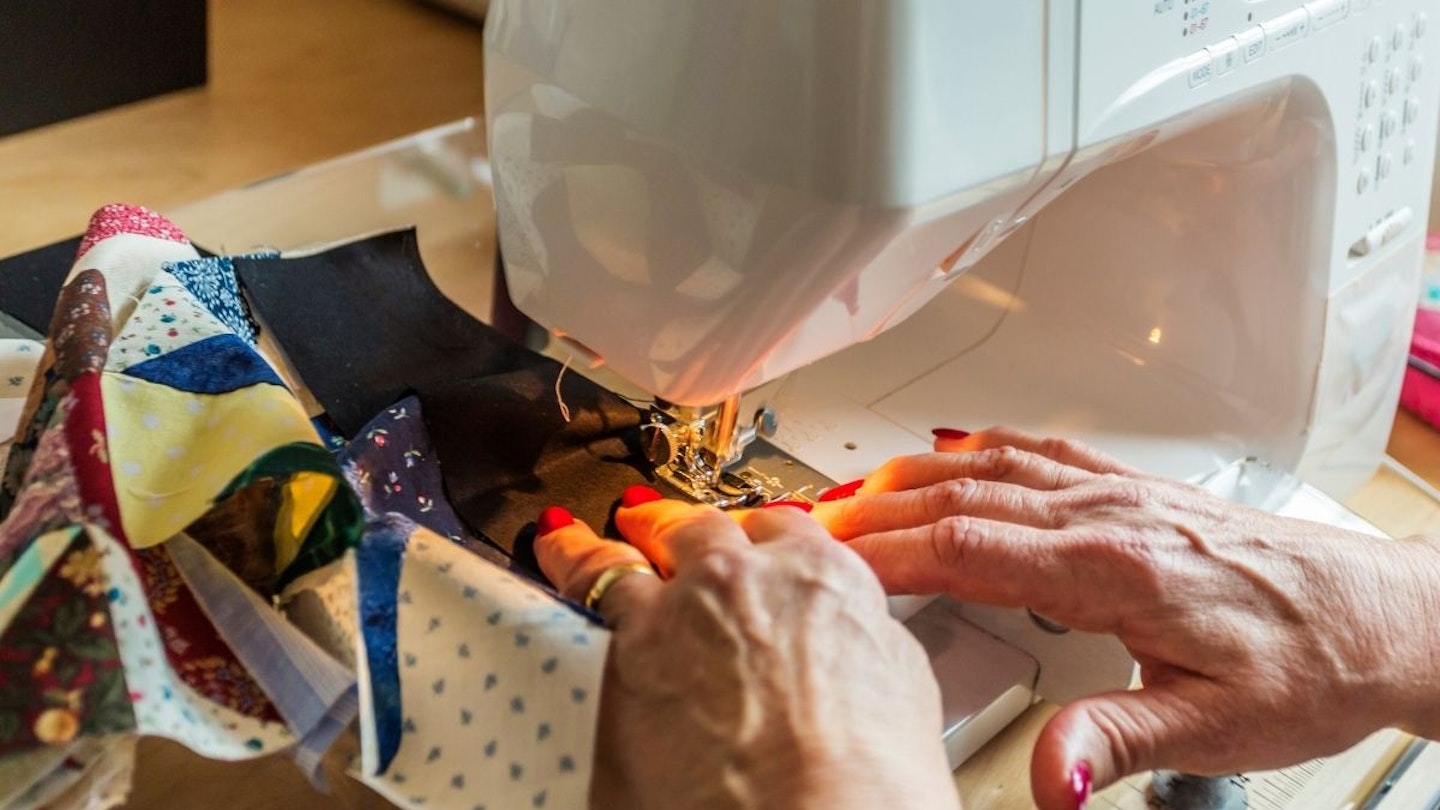There’s a certain pride that comes with showing off a new piece of homeware that you’ve handcrafted yourself, and if that’s your thing, quilting is going to become your new favourite hobby.
From duvets to cushions, the options really are endless. However, it's the best sewing machines for quilting with speciality functions that make the best job of it. While quilting itself is simply the art of stitching two or more pieces of material together to make a thicker piece of fabric, normally with padding in-between, it can quickly look messy.
The best sewing machines for quilting usually have multiple pre-programmed stitches, an extension table for larger projects, and a speed control function to name but a few. The best ones usually come with an LCD screen too, so you can easily select speeds and stitch types, to make your life a whole lot easier, and your work neater.
Let your new hobby commence!
The best sewing machines for quilting:
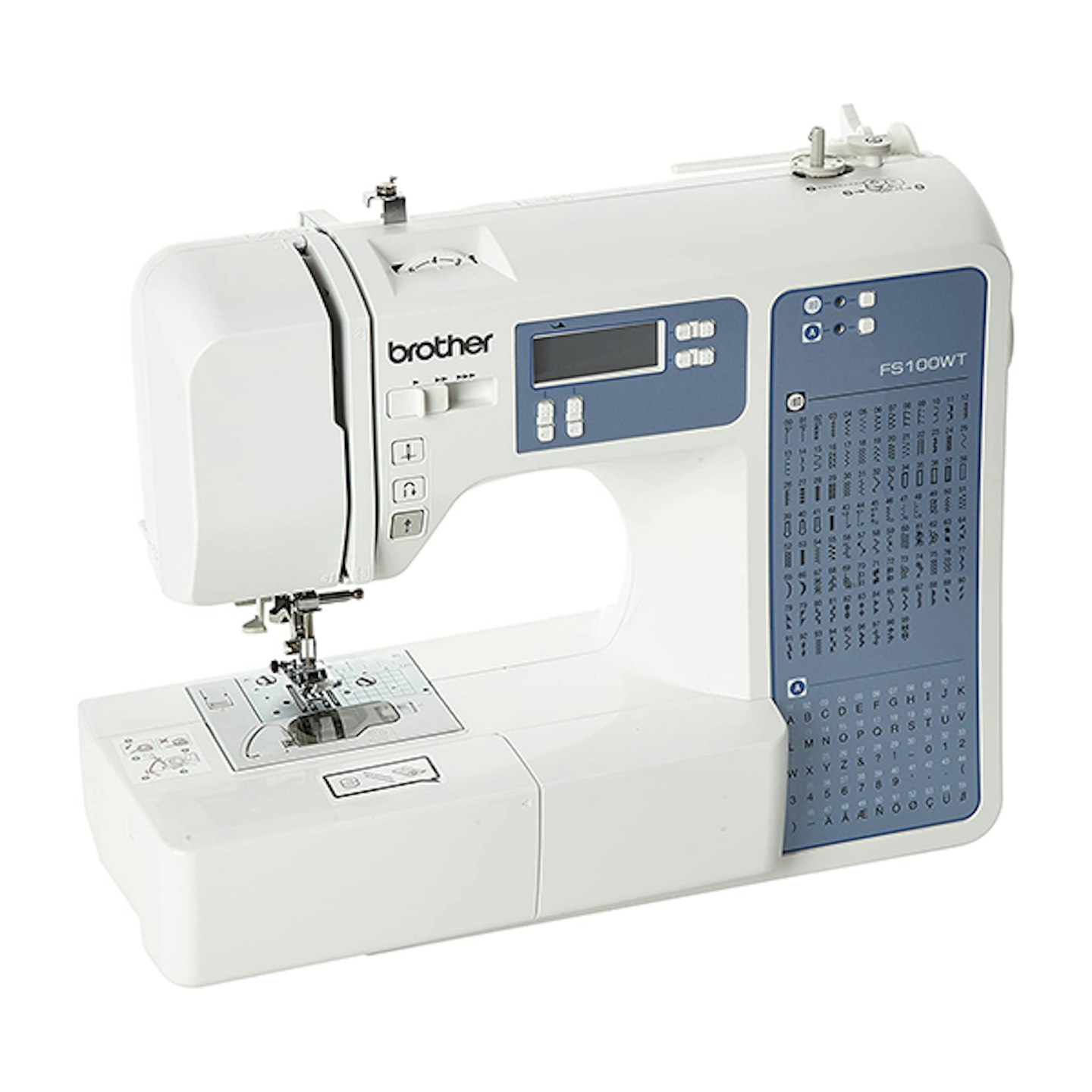 1 of 7
1 of 7Brother FS100WT
The FS100WT is the perfect quilting machine, first and foremost due to its space. Its large extension table makes it easy to work on larger pieces, and its speed control slider means you can get great accuracy as you do so. It's also great value for money and comes with a number of accessories, including eight presser feet, and an instructional DVD. Avoid heavy-duty fabrics such as denim and leather with this one though.
Pros: Good size extension table, 100 stitch selections
Cons: Not suitable for heavy-duty projects
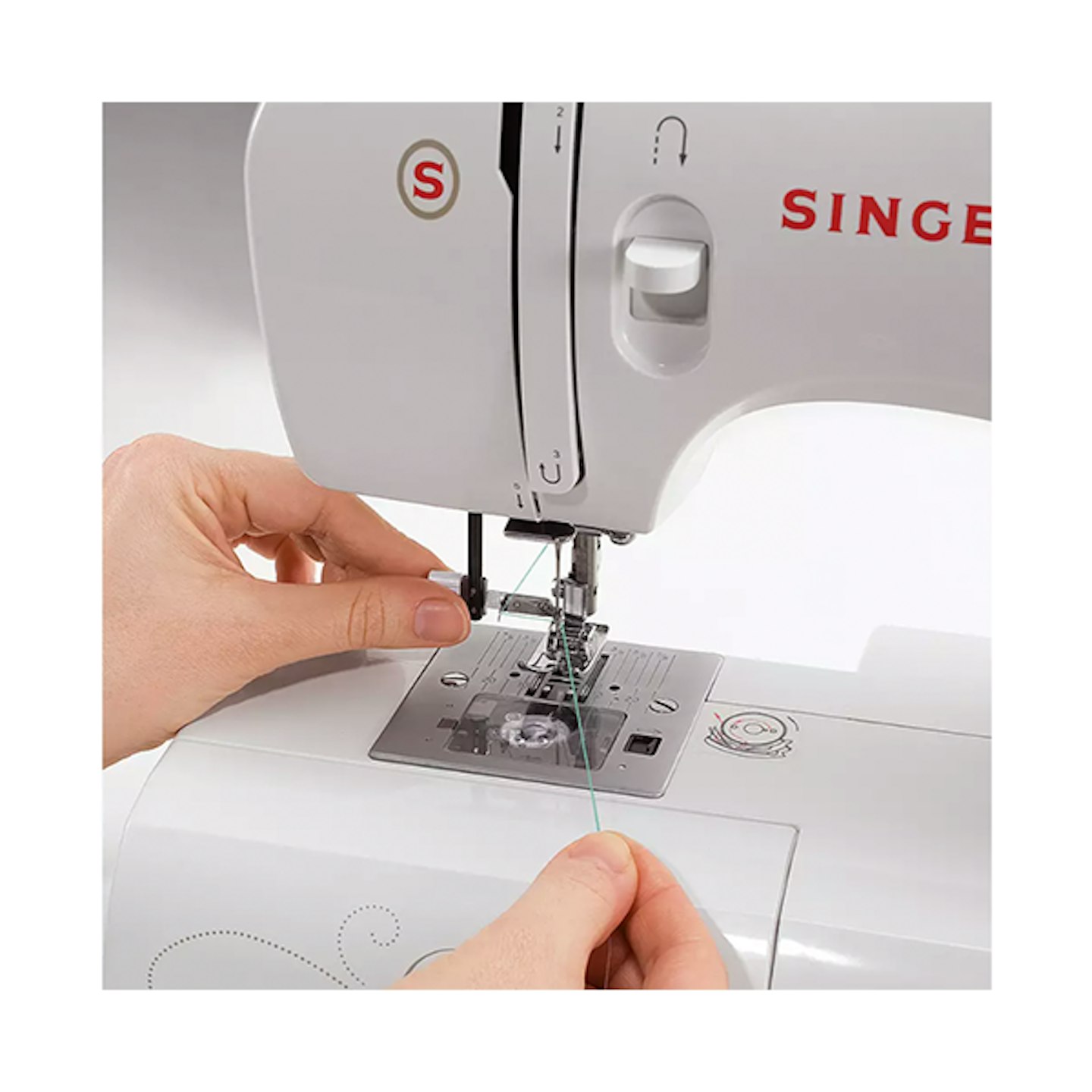 2 of 7
2 of 7Singer Talent 3323
If you're just getting to grips with quilting, the Singer Talent 3323 ticks all the boxes. It's lightweight and offers essential features for an affordable price. It doesn't have a digital screen so perhaps wouldn't suit someone looking for fancy extras, as it's fully mechanical. It does, however, have an extra high presser foot lister, automatic reverse and on-board storage. It even has a top drop-in bobbin, and an automatic needle threader, so even the most inexperienced sewers can get started in minutes.
Pros: Great for beginners, affordable, sturdy construction
Cons: Limited stitch options (23), not great for heavy-duty projects
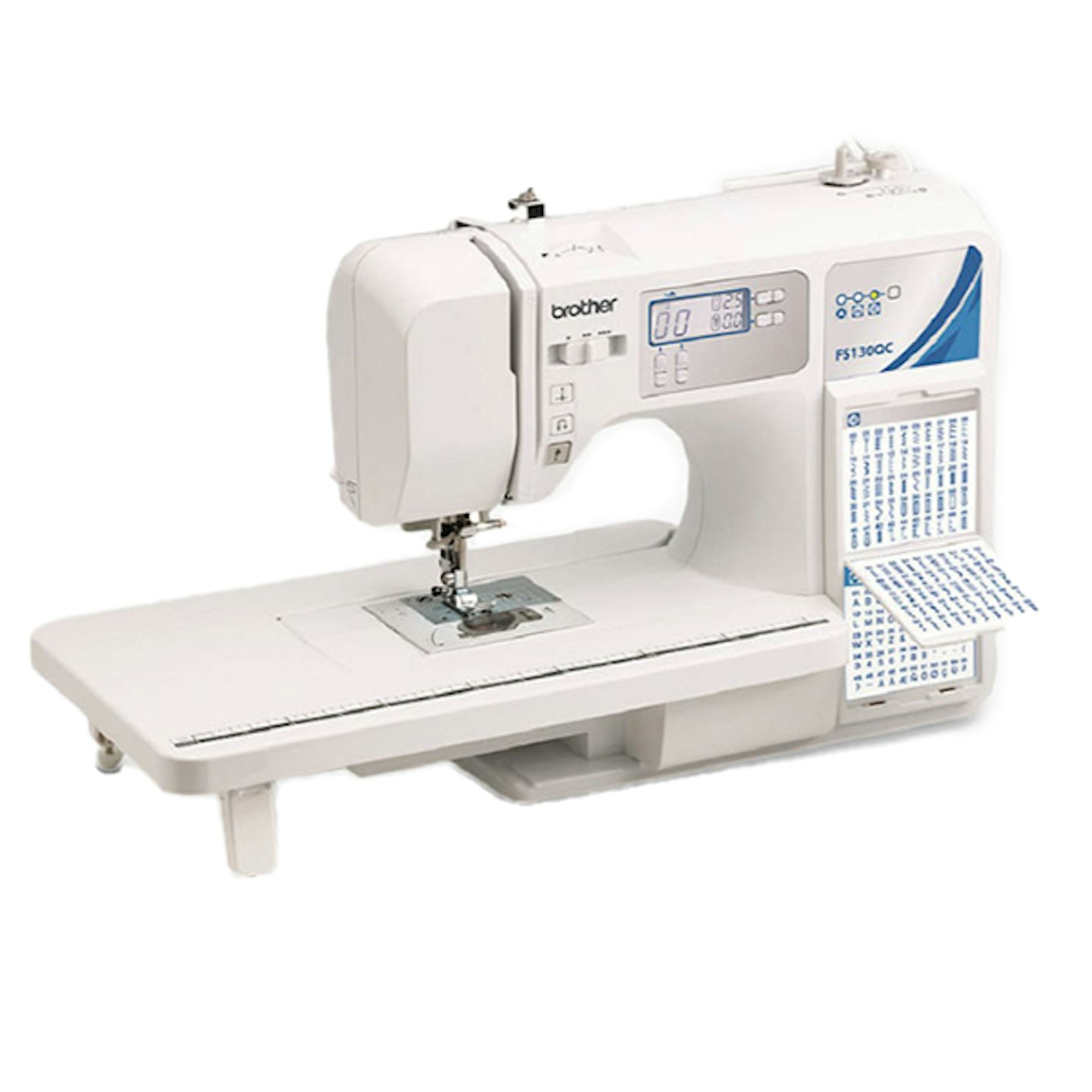 3 of 7
3 of 7Brother FS130QC
The FS130QC is excellent for larger projects with its extension table and seven-point feed system suitable for working with thicker layers of fabric. It's great for both beginners and experienced quilters and comes with 10 presser feet. Other notable features include its quick set bobbin, automatic needle threader, and LCD display which make it an easy, and enjoyable experience. Note that you shouldn't move this machine around too much though, as it's quite bulky and heavy.
Pros: Free arm sewing, fast bobbin winding, speed control
Cons: Limited LCD display functions
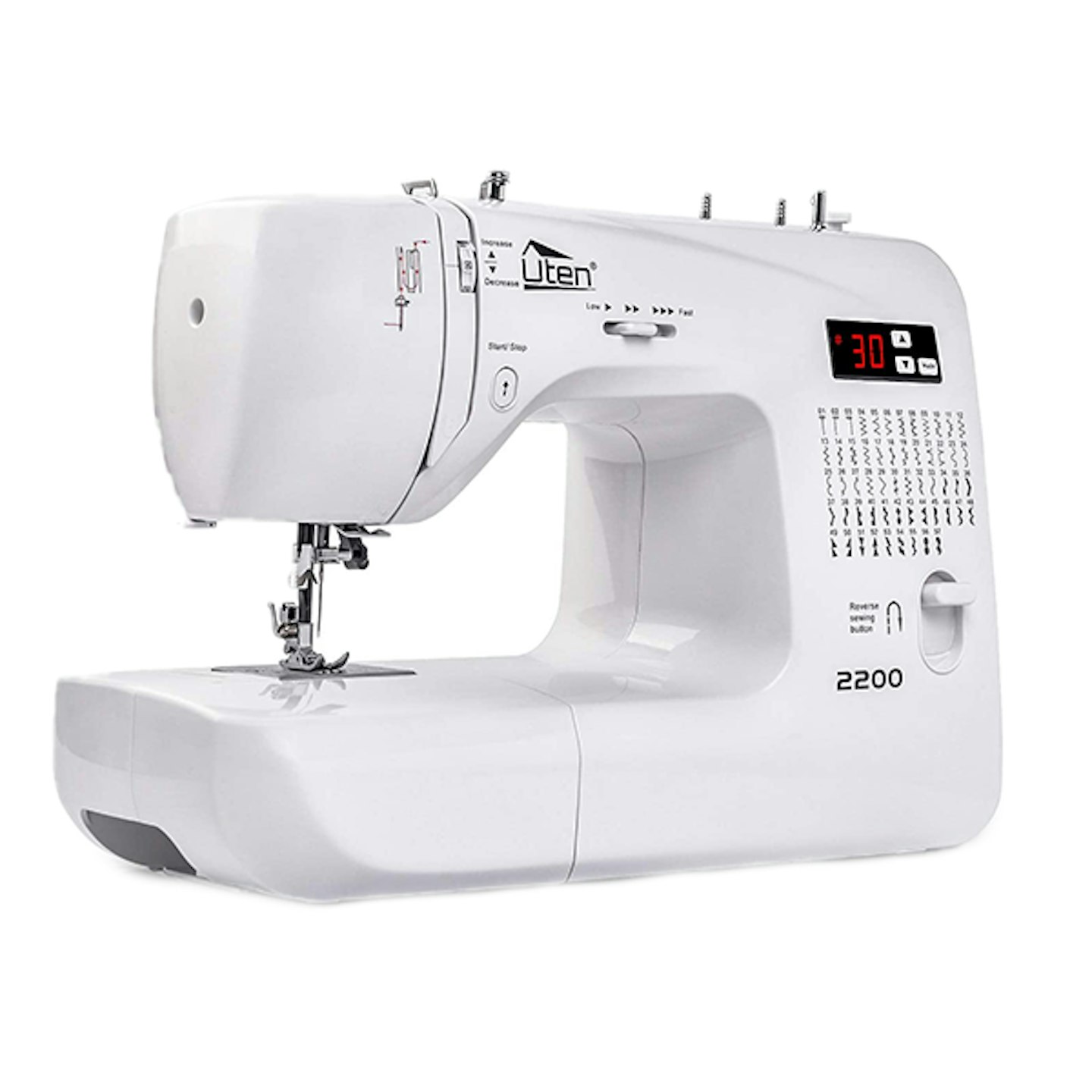 4 of 7
4 of 7Uten Computerised Quilting Machine
If you're a beginner, this machine is your bread and butter. It's simple, and has clear, easy-to-follow instructions to get you started on your quilting journey. The machine does come with over 200 unique stitch designs, but don't let that overwhelm you, because the versatility of the machine allows you to set them to whatever size you need, from 0 to 7mm, or 0 to 4.5mm wide. It's also really useful to have the easy needle threader, drop-in top-loading bobbin, and an automatic winding system, so you really don't need to know much about the sewing world to be able to use it.
Pros: Easy to use for beginners, easy-to-read LCD display, stitch size and length versatility
 5 of 7
5 of 7Juki 2010q Sewing and Quilting High Speed Semi-Industrial Machine
Juki is a renowned and reliable brand in the sewing world, with some quilters preferring a Juki machine to see through their projects. It's no wonder why, as it's a high-performance semi-industrial sewing and quilting machine. The TL-2010Q is a single needle, lock-stitch, portable machine constructed of aluminium die-casting to ensure industrial-quality sewing. This machine is built for precision sewing with its advanced features. With a work area of up to 23 inches including an auxiliary table attached, this model can handle quilt making with ease.
Pros: Automatic needle threader, thread tension scale, speed control, foot presser adjustment, bright LED light, knee lifter lever, quilting feet, high speed and quality stitching, powerful.
Cons: Expensive, needs regular maintenance with cleaning and oiling.
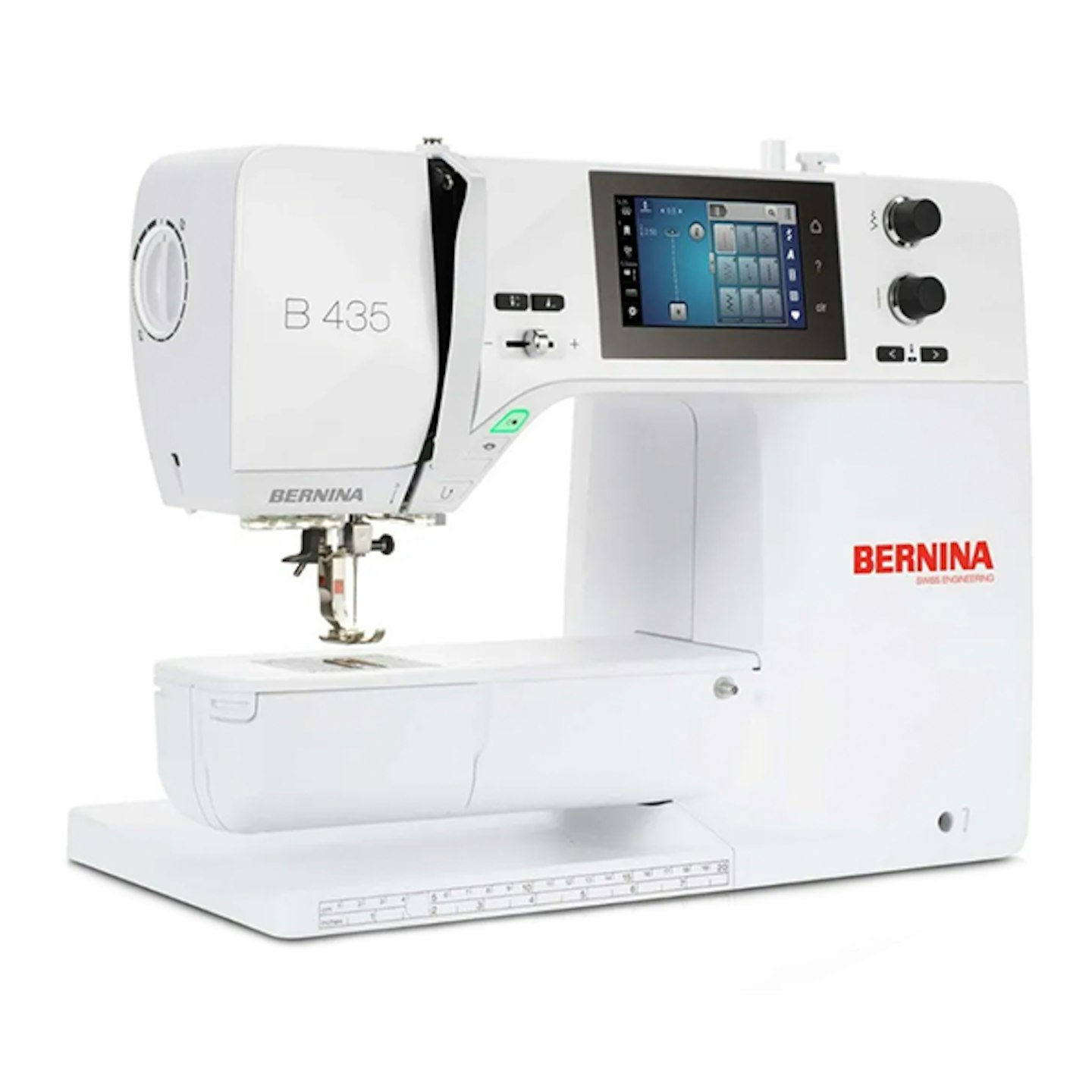 6 of 7
6 of 7Bernina 4 series S 435
While the Bernina 435 comes in at the top end of the price range, it is one of the most high-spec, well-made machines on the market, and its seven-year warranty proves that it's a future-proof investment. The jumbo-sized bobbin makes it perfect for quilting, and there are 650 built-in stitch patterns, so the options really are endless. The 435 also comes with a large full-colour screen which is easy to use at all ability levels, and the speed is an impressive 900 stitches per minute.
Pros: Jumbo-sized bobbin, built to last and comes with a seven-year warranty, smooth stitching (and still 900 stitches per minute), easy-to-use colour touch screen, extension table
Cons: Expensive
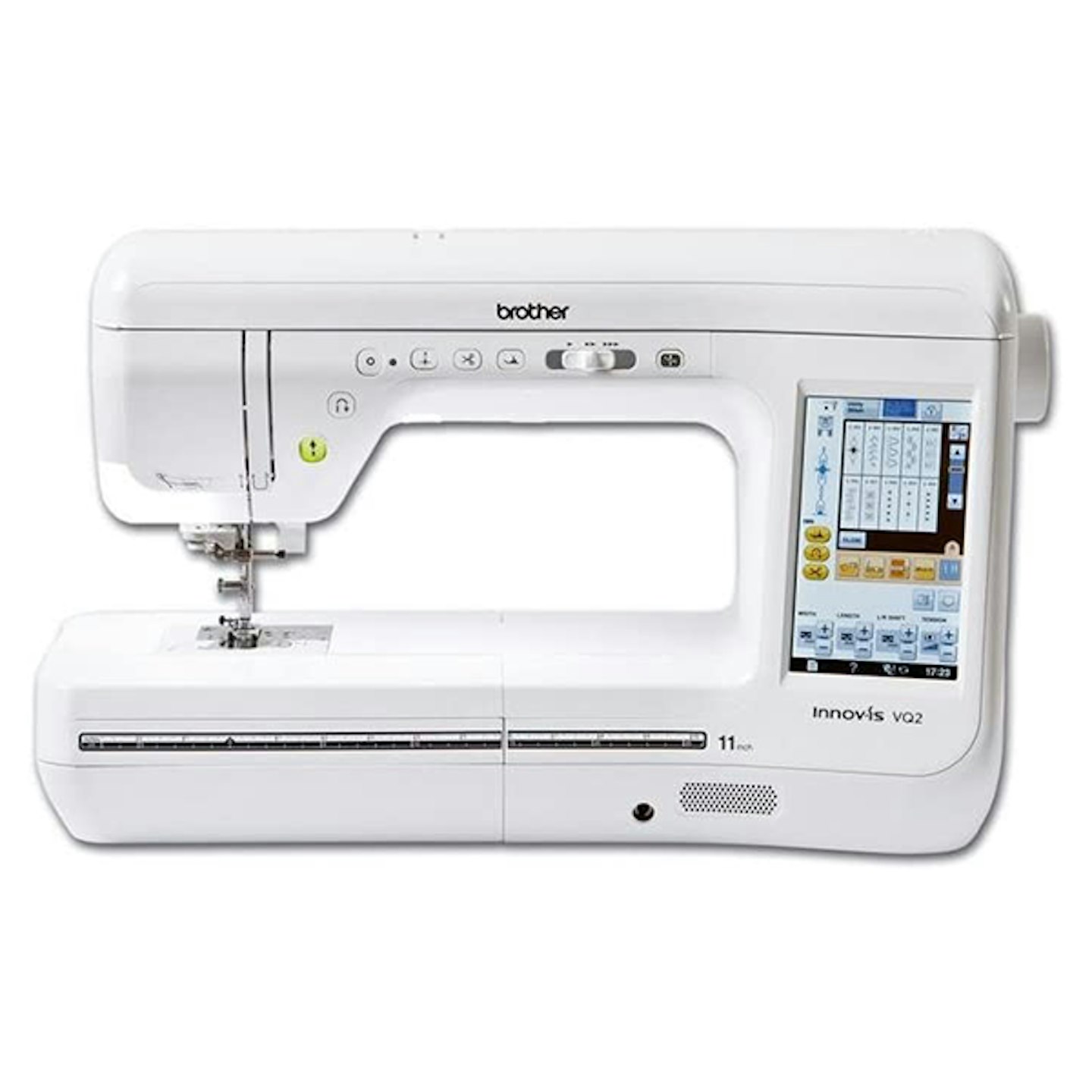 7 of 7
7 of 7Brother Innovis VQ2
As the VQ2 has so many functions, it may be a little overwhelming for beginners. But, if you're experienced in the quilting game, this is going to change everything. It stitches at 1050 stitches per minute (one of the fastest around), and has a full-colour digital display, which not only comes programmed with stitches, but allows you to create and save custom stitches for yourself, as well as edit the ones on offer. What's also particularly great about the VQ2 is that you can set the machine to automatically lift the presser foot while the needle remains lowered, making easy and quick fabric manipulation.
Pros: Custom stitch feature in full-colour digital display, automatic needle threader, pivot function, super-fast stitching (1,050 per minute)
Cons: Not suitable for beginners
How to quilt:
There are some basic techniques you need for quilting, but you can get started with just hand sewing, and then progress on to a machine later. Indeed, some traditional quilters only ever quilt by hand.
Essentially, you can get started with quilting with very few materials; your choice of fabric, some thread, and a needle, plus some wadding (the padding in the middle). Most quilters get started with spare fabric, or old clothes, perhaps a shirt that's wearing out, but from which you can cut a few good squares.
You can progress on to buying special packs of fabric; there are some available on Amazon and eBay, but check out your local wool or fabric shop, or invest in a quilting magazine for ideas of online quilt fabric shops.
One of the best ways to get started with quilting, or to brush up on techniques, is to check out YouTube - there are loads of how-to videos to help you with all aspects of your new hobby. Here are some helpful videos we've found:
